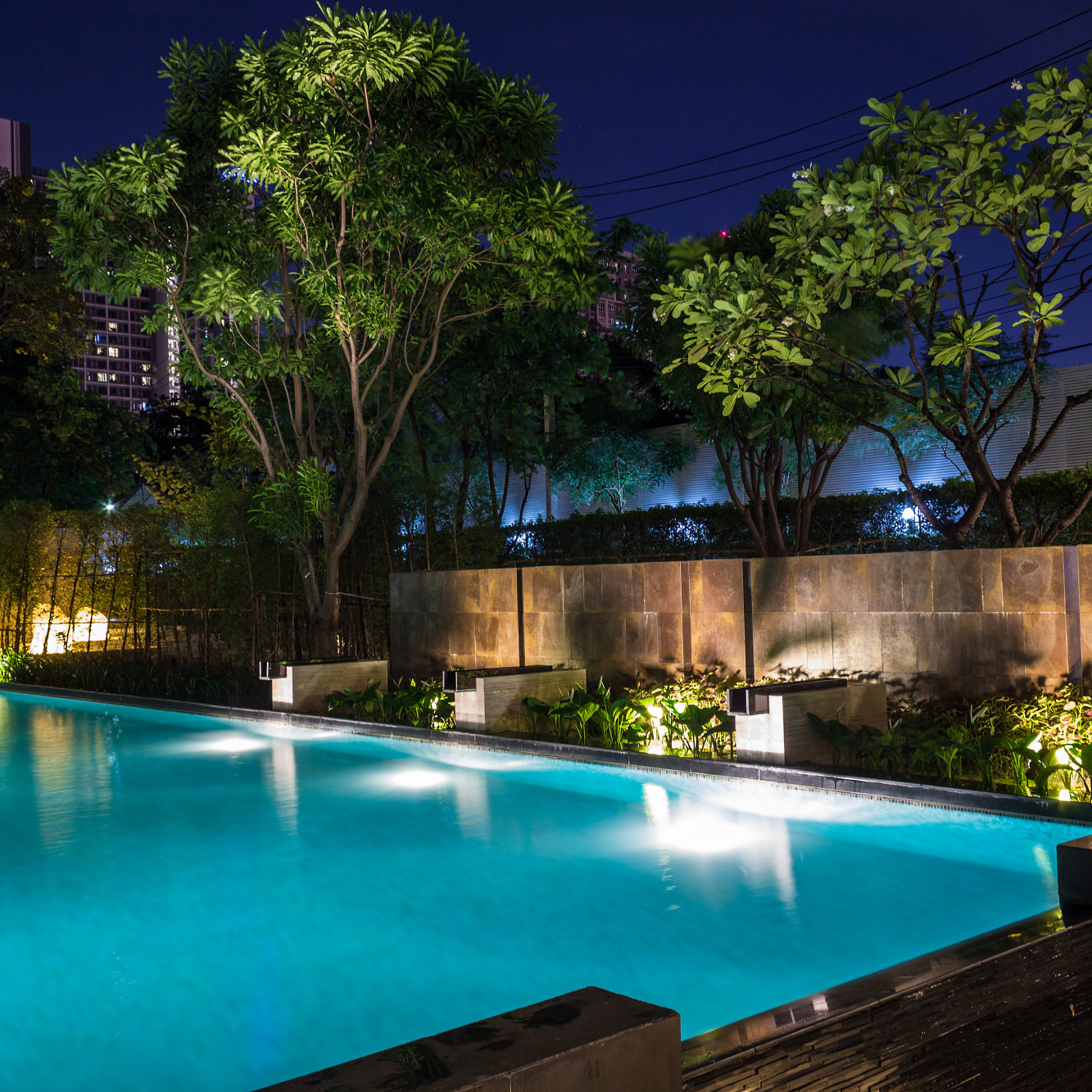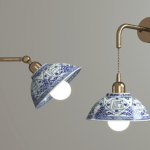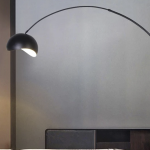
Lighting business for luxury backyard swimming pool. Relaxed lifestyle with contemporary design by professionals.
The History and Significance of Bamboo Mat Weaving
For centuries, bamboo mat weaving has been an essential part of various cultures around the world. The process involves weaving thin strips of bamboo into intricate patterns and designs, resulting in beautiful and functional mats, baskets, and other household items.
Bamboo mat weaving originated in China, where it was used to create various household items such as hats, baskets, and floor mats. The skill was eventually passed down to neighboring countries such as Japan, Korea, and Vietnam, where it was similarly used for practical and decorative purposes.
Today, bamboo mat weaving has become a popular handicraft and a means of preserving cultural heritage. It is often used to create sustainable and eco-friendly products, making it an ideal choice for environmentally conscious consumers.
The Process of Bamboo Mat Weaving
The process of bamboo mat weaving requires patience, skill, and precision. Firstly, the bamboo stalks are harvested and cut into thin strips. Next, the strips are boiled to remove any dirt or debris, and then dried and sorted by thickness and color.
Once the strips have been prepared, the weaving process begins. Starting at a central point, the weaver creates a base of horizontal and vertical bamboo strips, which are interlaced to form a grid pattern. Thin, flexible bamboo strips are then woven in and out of the grid pattern to create intricate designs and patterns.
The weaving process requires dexterity and attention to detail, as even the slightest mistake can significantly affect the final product’s quality. It can take several hours, if not days or weeks, to complete a single bamboo mat or basket, depending on its size and complexity.
The Benefits of Bamboo Mat Weaving
Bamboo mat weaving is not only aesthetically pleasing but also environmentally friendly. Bamboo is a renewable resource that grows quickly and requires very little water, making it a sustainable choice for producing household items.
Additionally, bamboo mats and baskets are durable and lightweight, making them ideal for everyday use. They are also easy to clean and maintain, making them a practical choice for busy households.
Moreover, bamboo mat weaving provides employment opportunities for many people, especially in developing countries. The skill has often been passed down from generation to generation, creating a rich cultural heritage that is preserved through the creation of handcrafted bamboo products.
The Future of Bamboo Mat Weaving
As sustainable and eco-friendly products become increasingly popular, so does bamboo mat weaving. There is a growing demand for handcrafted bamboo items, both as decorative pieces and practical household items.
In addition to traditional designs, contemporary artists and designers are creating innovative and unique bamboo products that showcase the material’s versatility and beauty. From modern furniture to high-end fashion accessories, bamboo is becoming a popular choice for designers and consumers alike.
As we navigate the challenges of a changing environment and a growing demand for sustainable solutions, bamboo mat weaving offers a glimpse into a future that is both beautiful and eco-friendly. It is a testament to the ingenuity and creativity of the human spirit, as well as a celebration of our connection to the natural world.






